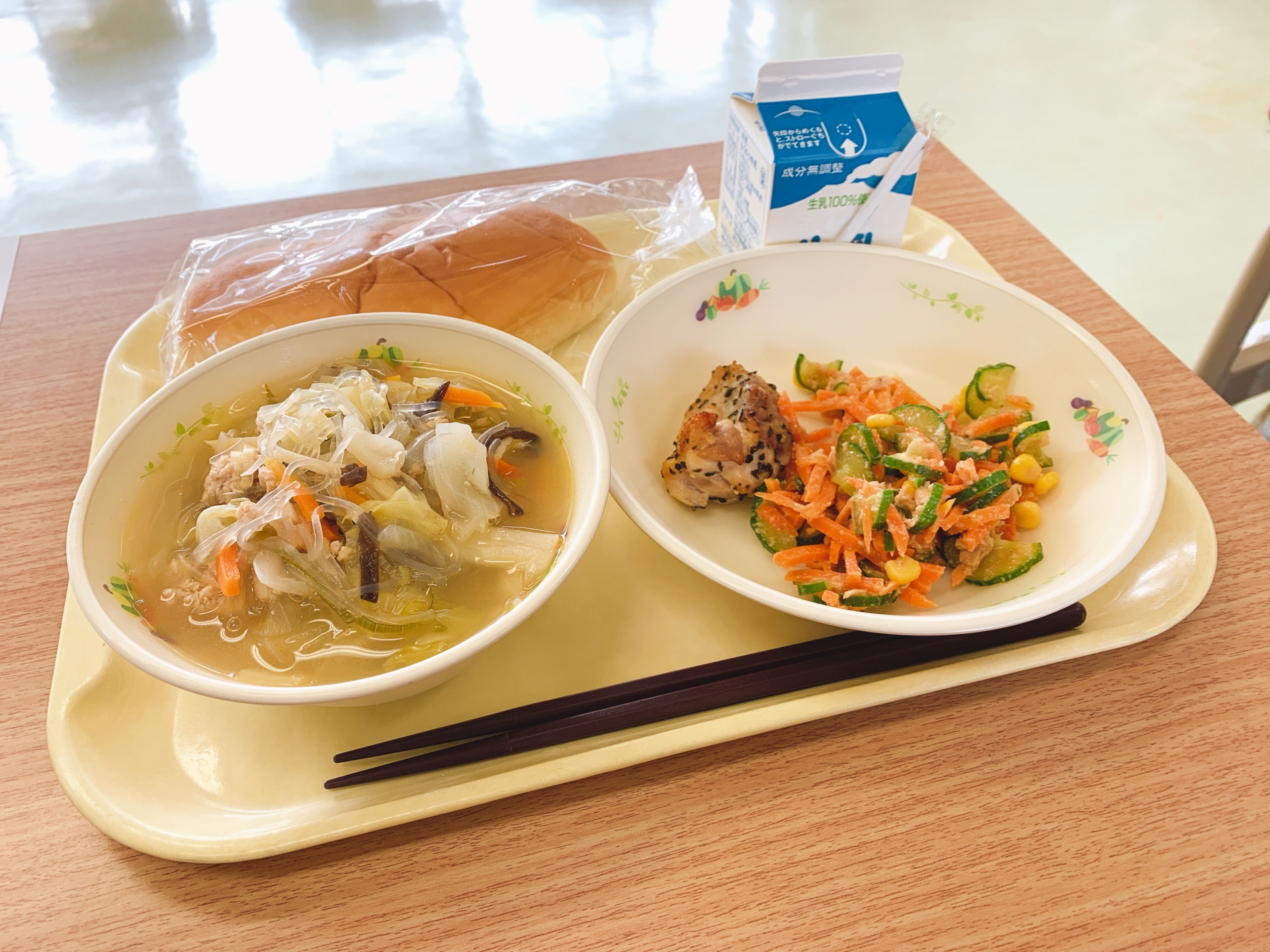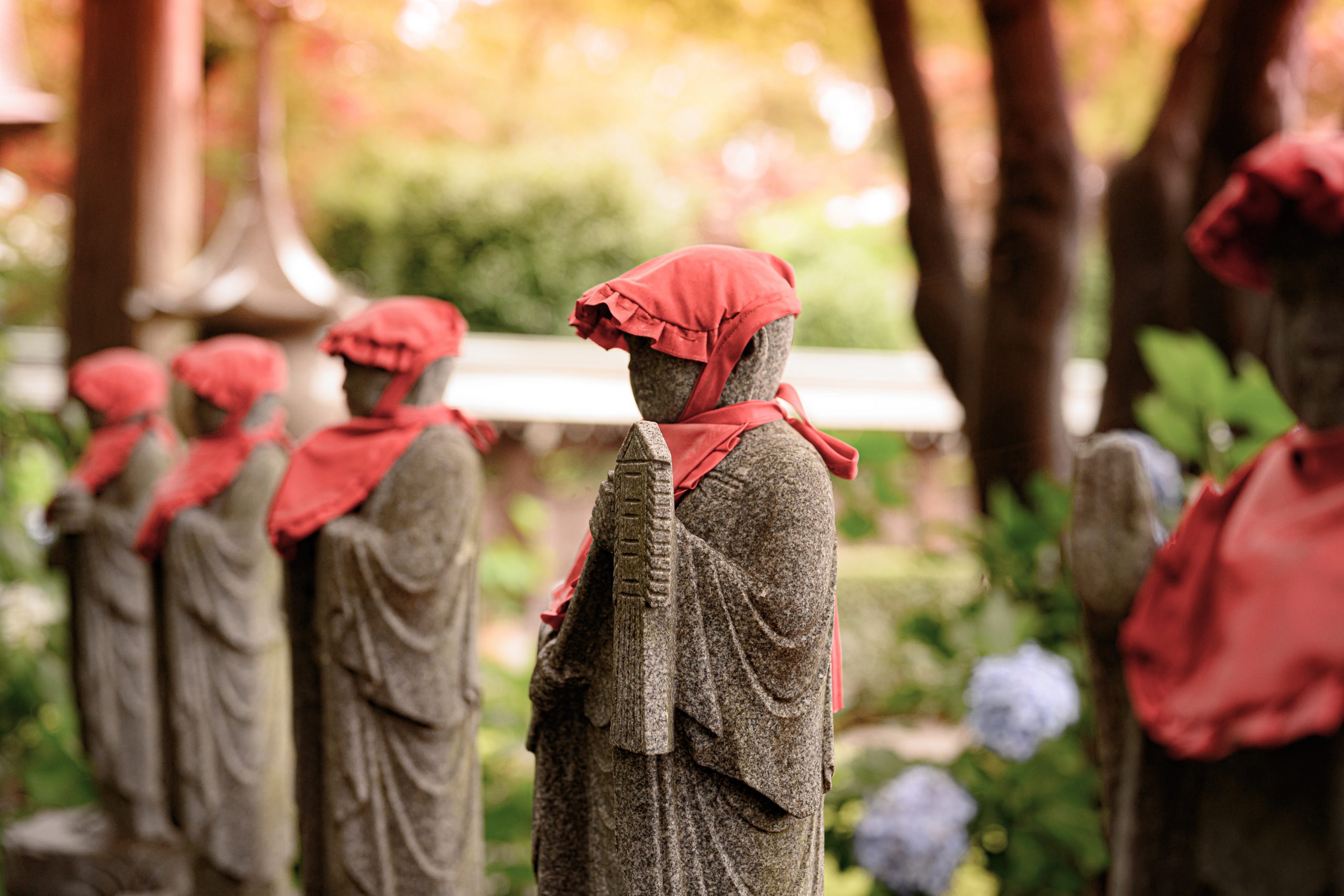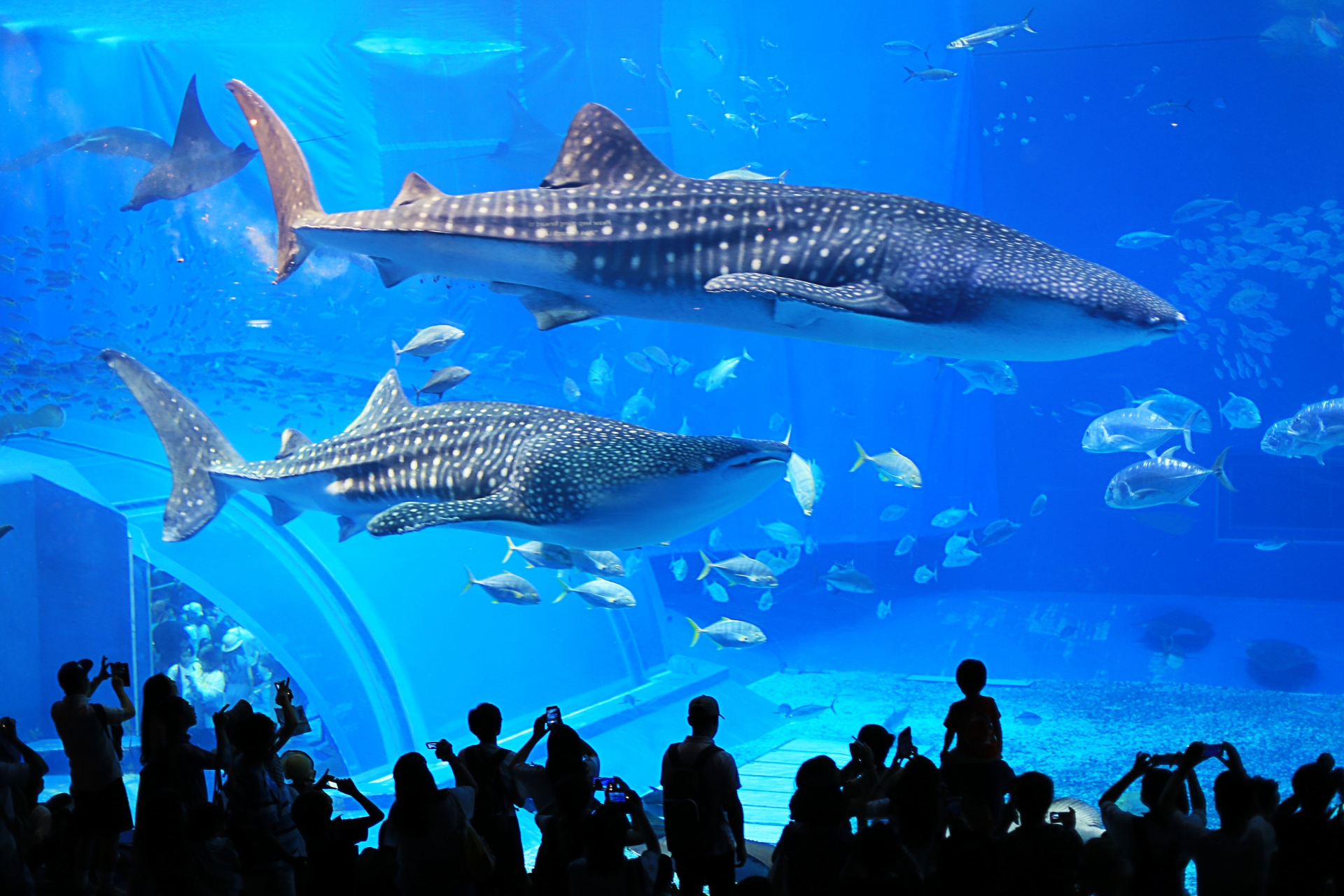Like many countries all over the world, students in Japan eagerly await for the bell to ring so that they can enjoy school lunch. Lunchtime at Japanese schools is called “Kyushoku (給食)”, and many schools in Japan use local ingredients in their kyushoku menus. In this article, we will take a closer look at the secrets of kyushoku and what makes them unique.
What is Kyushoku?
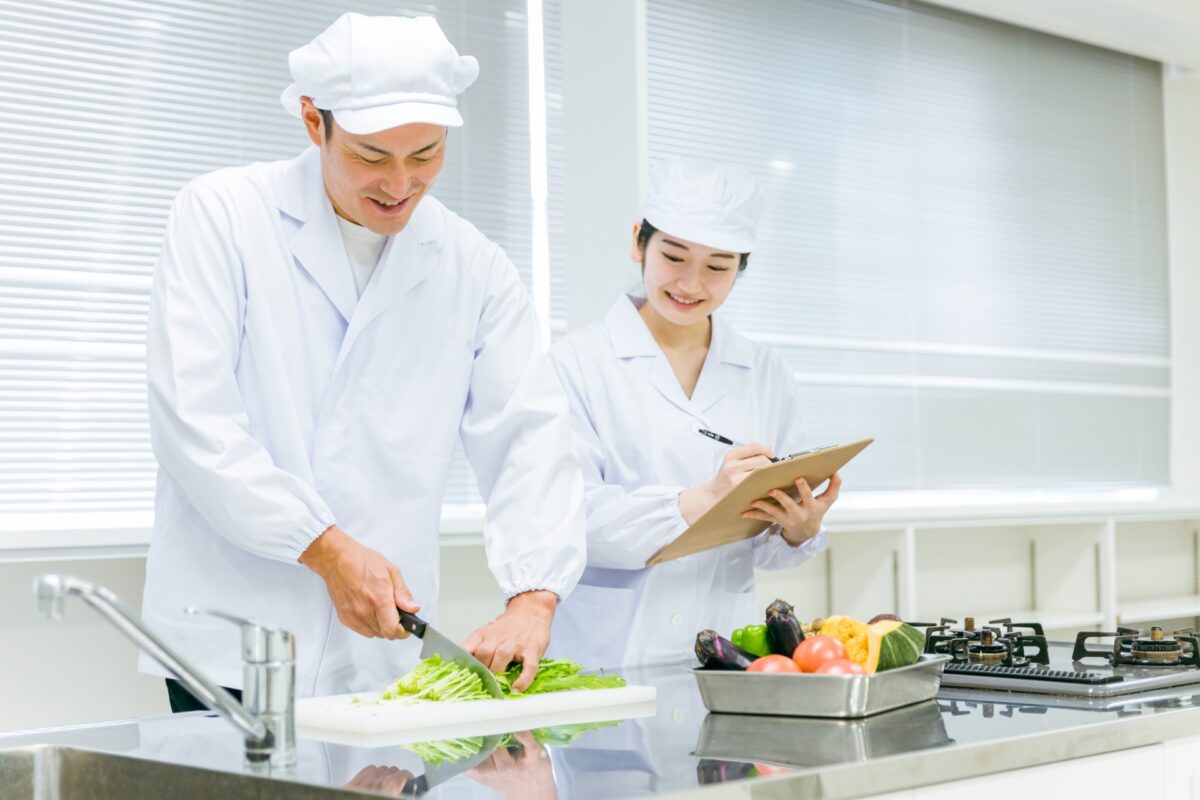
Kyushoku is served in public elementary and junior high schools throughout japan and are cooked lunches that are brought to the classrooms for each class. Every day, several students take turns serving lunch on a daily or weekly basis and rationing lunches for the entire class.
The school lunch menu changes daily and includes a wide variety of foods. It is a well-balanced meal of rice, bread, noodles, salad, etc. The role of kyushoku is very important, as it provides nutritional support to students who are too busy to have breakfast, and also provides them with proper knowledge about food. It also provides balanced nutrition to children from poor families who cannot eat three meals a day.
The cost of kyushoku at elementary and junior high schools is based on a monthly fee system, with the national average ranging from 4,000 to 5,000 yen. The school lunch menu is prepared by a nutrition teacher who is a certified dietitian and continues to prepare the menu every month with the primary goal of supporting the health of the children. Some children may have food allergies, so if you let the school know in advance what your child can’t eat, they will provide your child with a meal tailored to your child’s needs.
Ingredients used in the kyushoku lunches are well-considered. In order to provide safe and secure kyushoku lunches to the children, the school takes various aspects into consideration. Many of the ingredients used in kyushoku are domestically produced and local, in order to familiarize the children with the ingredients of their own country and region.
History of Kyushoku
The kyushoku lunch system started in 1889 when a municipal elementary school in Tsuruoka City, present-day Yamagata Prefecture, offered a set meal of rice balls, grilled fish, and pickles to children in need for free at lunchtime. This elementary school was originally built inside a temple, and the lunches for the poor children were made with rice and other ingredients that the monks of the temple received in return for going door to door and chanting sutras.
Later, in 1923, school lunches were encouraged by the government to improve the nutrition of children, but as World War II approached, school lunches were canceled due to a shortage of ingredients. After the war, Japan was suffering from food shortages and poor nutrition for children became a serious problem. In response to a growing voice among the people to revive school lunches in an attempt to overcome this situation, the kyushoku system was resumed. In 1954, a law on school lunches was officially enacted, and the school lunch system spread nationwide.
Regional Kyushoku Differences
Since most kyushoku lunches use domestic ingredients, some of them in rural areas use local ingredients and specialties in order to familiarize children with the local foods. This article introduces you to some of the local and unusual menus that are rarely seen in Tokyo.
1. Hokkaido
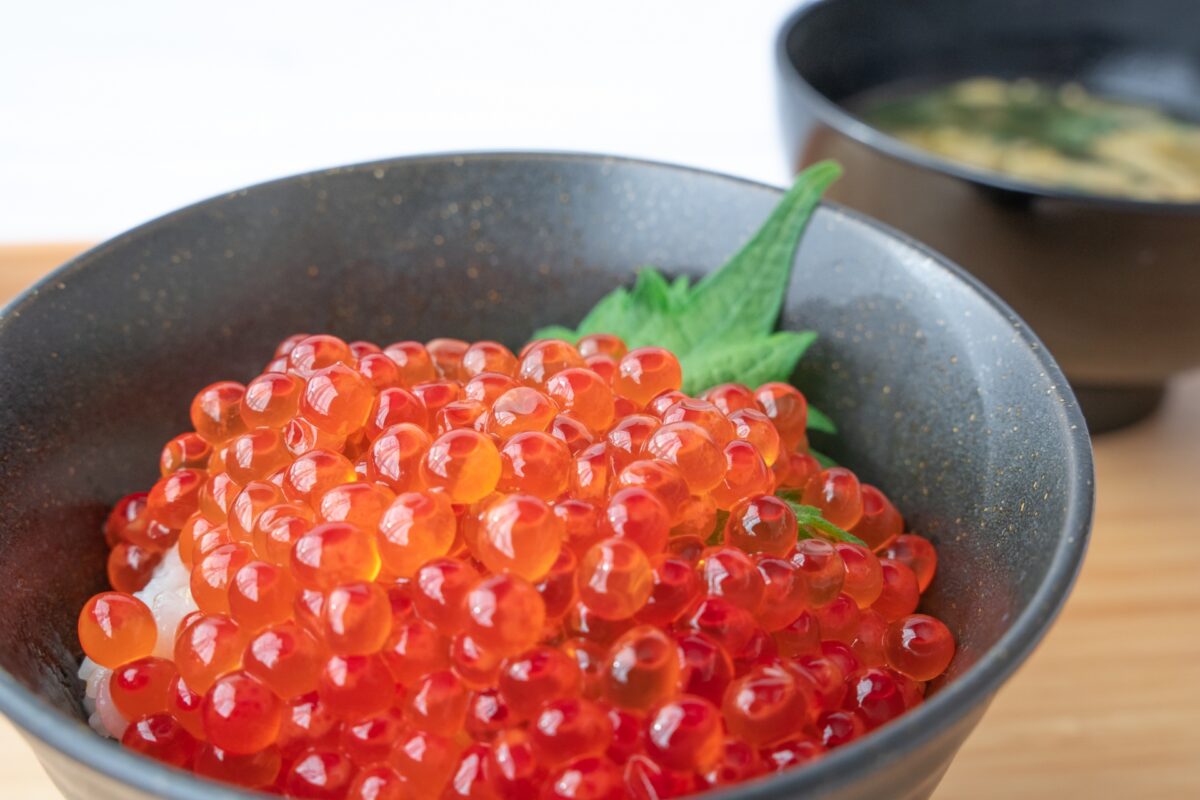
Hokkaido is known as a kingdom of seafood and land products. At elementary schools in Shibetsu Town in this part of Hokkaido, salmon roe, a high-class food in Japan, appears in the school lunch quite often. This is because November 11 is designated as “Salmon Day” in Japan, and Shibetsu Town has been serving salmon roe in kyushoku on that day as “Hometown School Lunch Day” for years.
Shibetsu is known as a sacred place for salmon, having once boasted the highest catch of salmon in Japan and so therefore the local fishermen and fishermen’s association provides free salmon roe to the local children so that they can become more familiar with the salmon of Shibetsu. Many Japanese people will envy the children of Shibetsu who can eat an overflowing amount of salmon roe for lunch.
2. Aomori

In Aomori, a major producer of apples in Japan, apples often appear on the school lunch menu. For example, apples are served as a dessert, or as a processed product, and bread filled with cubes of apples boiled in sugar. In fact, it is almost rare for apples to not make an appearance on the menu at least a few times a week!
3. Ehime
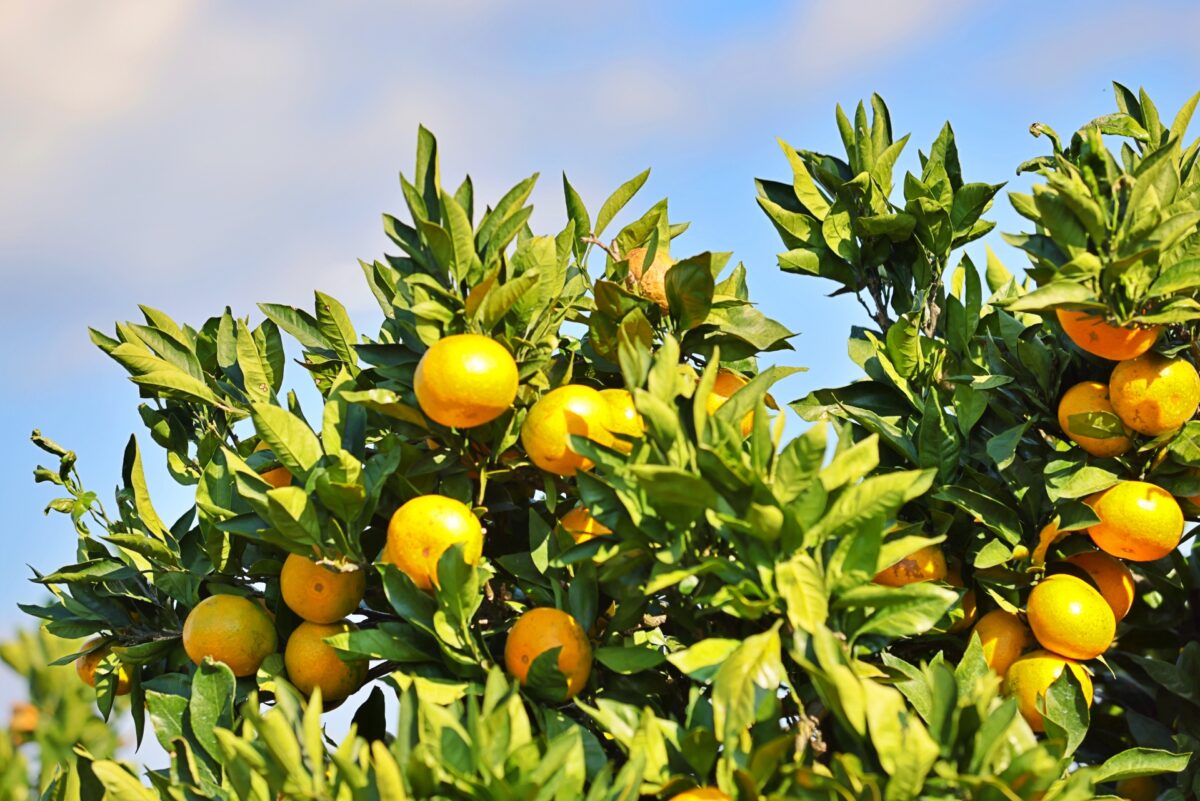
Ehime is one of the largest producers of mandarin oranges in Japan, and Kyushoku lunchtime in Ehime always seems to have mandarin oranges on the menu. One of the most surprising dishes is “Mandarin orange rice”. In Japan, oranges are usually eaten as they are or used as a dessert ingredient, but in Ehime, they cook rice with mandarin orange juice instead of soup stock! They also serve a juice mixture of mandarin and iyokan (Citrus Iyo) as a school lunch drink. Ehime’s mandarin oranges, grown in the sunshine, are a favorite fruit for all children!
School lunches that use local ingredients and are well-balanced are very important for children’s health, and they are also a valuable time to interact with other classmates. Some schools post the recipes of their original menus on school lunch recipe sites, so you can find a recipe that interests you. Why don’t you try the same taste that Japanese children enjoy at school in your own home?
Follow us on Instagram, Facebook, and Twitter for more travel inspiration. Or tag us to get featured!
Happy traveling!
Other articles you might be interested in

Mao Goto is a Japanese freelancer who was born in Hayama, Kanagawa prefecture and raised in Tokyo. Since 2016 she lives in the Taito Ward, home to a lot of Japanese culture hotspots such as Asakusa, Akihabara, and Ueno. She has been interested in the field of English education in Japan and got her Master’s degree in March 2020. A lover of photography, travel, sweets, and cross-stitch. Contact her via Facebook.
This post may contain some affiliate links. When you click through and make a purchase we may receive some commission, at no extra cost to you.
